Coming out of the operating room can feel like stepping into a fog. The drugs that keep you asleep also leave your muscles loose, your breathing shallow, and your confidence low. That’s where physical therapy is a rehabilitative practice that uses exercise, manual techniques, and education to restore movement and function. By guiding you through safe, progressive activity, PT helps you shake off the side‑effects of anesthesia and get back to everyday life faster.
Why Physical Therapy Matters After Anesthesia
Anesthesia relaxes the entire body, which is great for surgery but not so great for the minutes and hours that follow. Muscle tone drops, blood flow slows, and the nervous system can be a bit confused. Within the first 24 hours, patients who stay still are at higher risk of blood clots, pneumonia, and joint stiffness. Physical therapists intervene early to:
- Restore normal breathing patterns through incentive spirometry and gentle chest expansions.
- Activate the musculoskeletal system with low‑grade ambulation and range‑of‑motion (ROM) exercises.
- Prevent complications such as deep vein thrombosis (DVT) and pulmonary embolism.
- Provide pain‑modulating techniques that reduce reliance on opioids.
All of this translates into shorter hospital stays and better long‑term functional outcomes.
First‑24‑Hour PT Interventions
In the recovery room and the first day on the ward, the focus is on gentle activation. Typical interventions include:
- Respiratory exercises: incentive spirometer use, diaphragmatic breathing, and assisted coughing to keep alveoli open.
- Passive and assisted ROM: therapists move the joints through safe arcs to prevent capsular tightening.
- Early mobilization: sitting up in bed, dangling feet over the bedside, then progressing to standing and short walks as tolerated.
- Pain education: teaching patients how to use positioning, ice, and simple self‑stretching to manage soreness.
Each activity is timed to the patient’s vital signs and pain level, ensuring safety while nudging the body toward normal function.
Mid‑Phase Rehabilitation (Days 2‑7)
Once the patient can tolerate short walks, the PT plan expands. Goals shift from preventing complications to restoring strength and endurance.
- Progressive ambulation: increasing distance by 10‑20 % each day, using assistive devices only as needed.
- Strength training: low‑load resistance bands or body‑weight exercises targeting the core, hips, and shoulders.
- Functional tasks: practicing sit‑to‑stand, stair climbing, and safe transfer techniques.
- Balance work: tandem stance, single‑leg support, and use of foam pads to re‑establish proprioception.
During this phase, therapists also monitor for signs of postoperative complications. For example, swelling that doesn’t subside may indicate a seroma, while sudden shortness of breath could signal a pulmonary embolism.
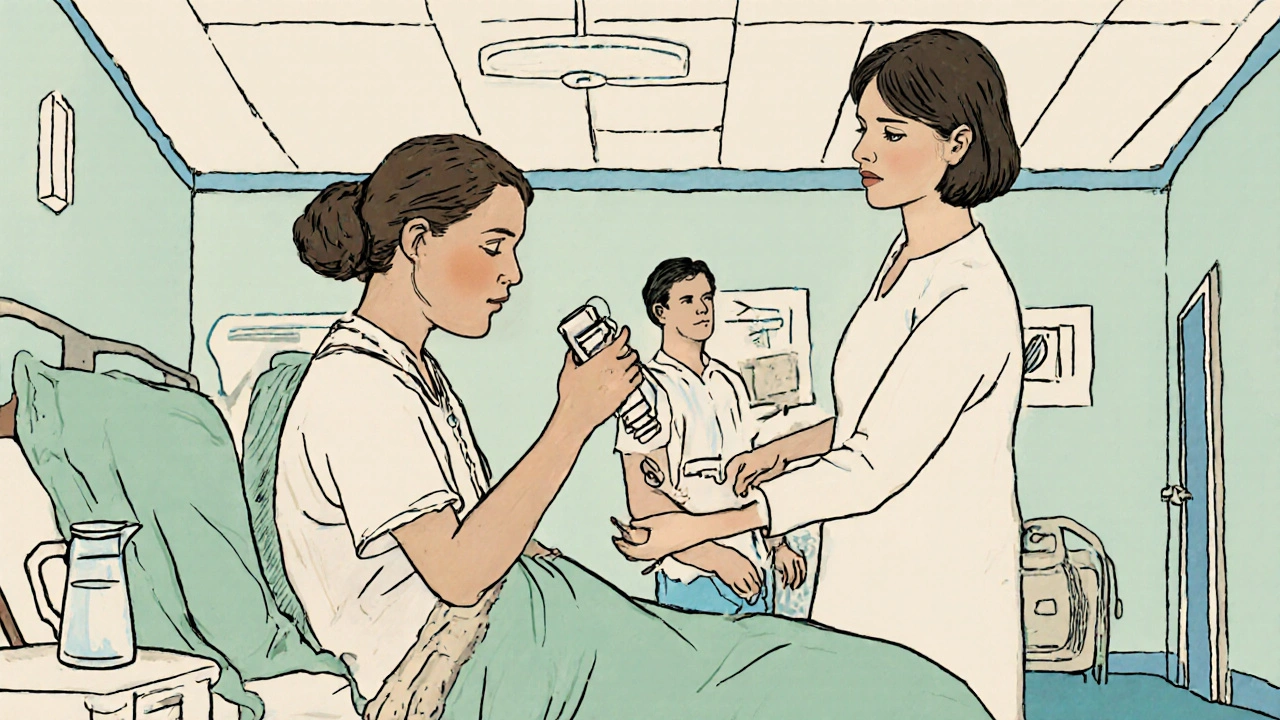
Late‑Phase Functional Recovery (Weeks 2‑6)
After the acute healing window, the emphasis moves to returning to pre‑surgery activities. PT sessions become more individualized based on the patient’s goals-whether it’s getting back to gardening, returning to work, or preparing for sports.
Key components include:
- Endurance conditioning: stationary cycling, treadmill walking, or aquatic therapy to improve cardiovascular fitness.
- Advanced strengthening: progressive overload using free weights or machines as tolerated.
- Task‑specific training: simulated work tasks, grocery‑carrying drills, or sport‑specific drills to rebuild confidence.
- Patient education: strategies for proper body mechanics, home exercise programs, and signs that warrant medical review.
Most patients see a noticeable boost in independence and quality of life by week 4, provided they stay engaged with their home exercise regimen.
Complications PT Helps Prevent
Even with flawless surgery, the postoperative period carries risks. Physical therapy directly addresses several of the most common issues:
| Complication | Typical PT Intervention | Outcome Goal |
|---|---|---|
| Deep vein thrombosis (DVT) | Early ambulation, calf pumps, ankle circles | Maintain venous return, reduce clot formation |
| Pulmonary embolism | Incentive spirometry, breathing exercises | Improve lung ventilation, prevent blood clots |
| Pneumonia | Chest physiotherapy, coughing techniques | Clear secretions, boost oxygenation |
| Joint stiffness | Passive/active ROM, stretching | Preserve range of motion |
| Muscle atrophy | Progressive resistance training | Maintain muscle mass and strength |
By targeting these problems early, PT reduces readmission rates and lowers overall healthcare costs.
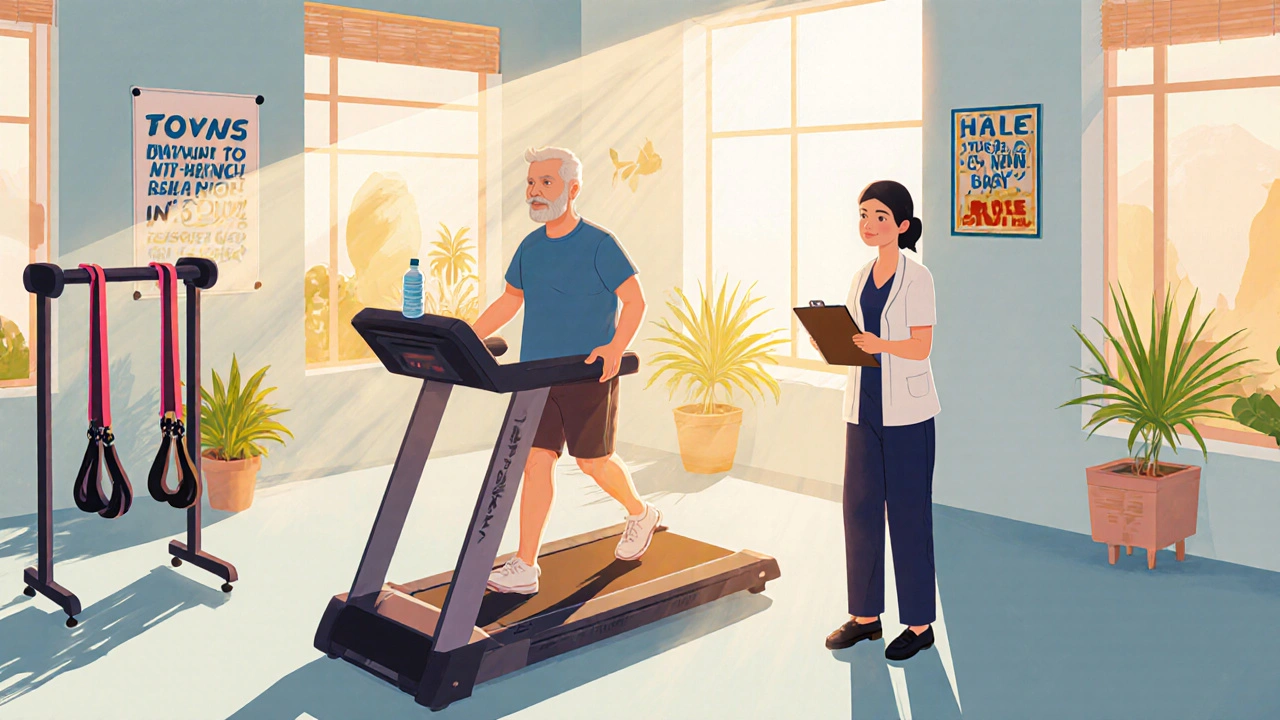
Working Effectively With Your PT Team
Patients who ask questions and stick to the prescribed home program get the biggest gains. Here are a few practical tips:
- Keep a symptom log: note pain levels, fatigue, and any new sensations after each session.
- Ask for demonstrations: make sure you understand how to perform each home exercise correctly.
- Set realistic milestones: work with your therapist to break long‑term goals into weekly targets.
- Communicate medication changes: some pain meds can affect balance or heart rate, influencing exercise tolerance.
- Schedule follow‑up appointments before discharge: continuity prevents gaps in care.
Remember, the therapist’s role is collaborative-not authoritarian. Your feedback guides the progression and ensures safety.
Key Takeaways
- Physical therapy starts within hours after surgery to combat the side‑effects of anesthesia.
- Early mobilization, breathing exercises, and gentle ROM are the foundation of safe recovery.
- Mid‑phase rehab builds strength, balance, and functional independence.
- Late‑phase programs target endurance and task‑specific skills for a full return to life.
- Active participation and clear communication with your PT team accelerate healing and lower complication risk.
Frequently Asked Questions
How soon after surgery can I start moving?
Most patients begin gentle breathing exercises and bedside sitting within the first 2‑4 hours, and can attempt short walks as early as 6‑12 hours if vitals are stable.
Is physical therapy painful?
A little discomfort is normal, especially when muscles are stiff, but the therapist will stay within your pain tolerance and adjust intensity accordingly.
Can I do the exercises at home?
Absolutely. Your therapist will give you a personalized home‑exercise sheet and demonstrate each movement before you leave the hospital.
What if I forget to do my exercises?
Set reminders on your phone or tie the routine to daily activities like brushing teeth. Consistency matters more than perfection.
Does insurance cover postoperative physical therapy?
In the UK, the NHS typically includes PT as part of the inpatient stay. Private insurers often require a referral and a pre‑authorization, so check your policy.
Will PT help with scar tissue?
Yes. Gentle stretching and scar massage improve tissue pliability and reduce adhesions, especially after abdominal or joint surgery.
How long is a typical postoperative PT program?
It varies by surgery type, but most programs span 4‑6 weeks, with frequency decreasing from daily to a few times per week as you progress.

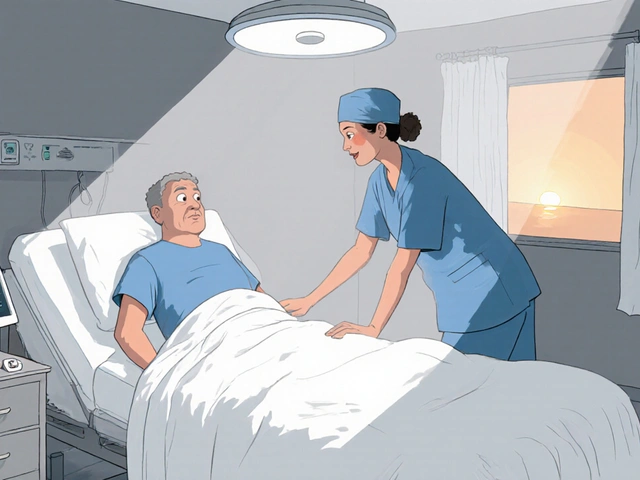
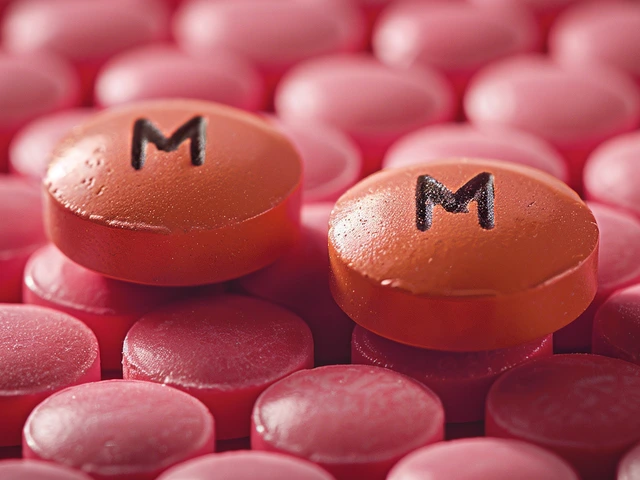

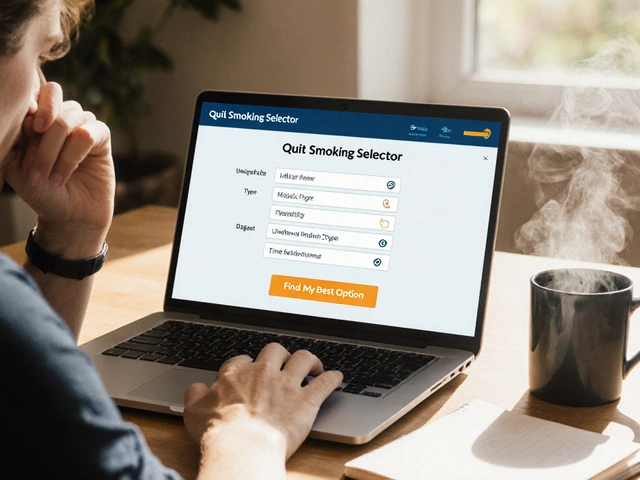


Chirag Muthoo
Thank you for the comprehensive overview of postoperative physical therapy. Your emphasis on early mobilization aligns with current evidence‑based protocols. The inclusion of incentive spirometry and gentle ROM is particularly valuable for preventing pulmonary complications. Maintaining a structured progression ensures patient safety while promoting functional recovery. Overall, this guide serves as a useful reference for both clinicians and patients.
Angela Koulouris
What a vivid roadmap! The way you paint the journey from bedside breathing drills to weekend jogging feels like watching a sunrise after a long night. Your tips on turning daily habits into exercise cues are pure gold for anyone hesitant to start. Keep the metaphors coming – they make the science stick.
Harry Bhullar
Alright, let’s break this down piece by piece.
First, the immediate post‑anesthesia period is a perfect storm of neuro‑muscular inhibition, reduced venous return, and shallow ventilation.
Physical therapists step in with low‑load, highly controlled movements that rekindle motor unit recruitment without overloading the fresh incision.
The breathing exercises you described-diaphragmatic breathing and incentive spirometry-are essentially a ‘re‑boot’ for the diaphragm, preventing atelectasis and subsequent pneumonia.
Next, the passive and assisted ROM sessions keep joint capsules from tightening up, which would otherwise lead to chronic stiffness and a longer rehab timeline.
Early ambulation, even if it’s just dangling the feet, stimulates calf muscle pump activity, dramatically lowering the risk of deep vein thrombosis.
When you add gait training with a gradual 10‑20 % daily increase, you’re simultaneously improving cardiovascular endurance and proprioceptive feedback loops.
Those balance drills-tandem stance, single‑leg support, foam pads-re‑establish the central nervous system’s ability to integrate vestibular and somatosensory input after the disorienting effects of anesthetic agents.
Moving into the mid‑phase, resistance bands provide a low‑impact way to rebuild muscle strength while respecting the healing tissue’s load tolerance.
Functional tasks like sit‑to‑stand and stair climbing mirror real‑world demands, ensuring the patient can transition back to home life without a steep learning curve.
By weeks two to six, the program pivots to endurance conditioning-think stationary cycling or aquatic therapy-to enhance aerobic capacity, which is often overlooked after surgery but crucial for overall recovery.
Dana Yonce
I’m really glad you highlighted the breathing part 😊 it’s something I missed after my own knee surgery.
Lolita Gaela
The segment on progressive overload is spot‑on; utilizing periodized resistance protocols post‑operatively aligns with the principle of mechanotransduction, stimulating myofibrillar hypertrophy while respecting the tissue’s remodeling timeline. Incorporating neuromuscular electrical stimulation (NMES) during the early ambulation phase can further augment motor unit firing rates, expediting the re‑education of inhibited musculature. Moreover, the emphasis on task‑specific training leverages the concept of neural plasticity, fostering cortical remapping that translates directly to functional independence.
Giusto Madison
Yo, that colorful description you gave is nice and all, but let’s cut the fluff – patients need real‑world results, not poetry. Early ambulation isn’t just a nice idea; it’s a non‑negotiable safeguard against life‑threatening clots. If you can’t get them on their feet within the first twelve hours, you’re basically signing a DVT waiver. Keep the schedule tight, push the breathing drills, and stop sugar‑coating the urgency.